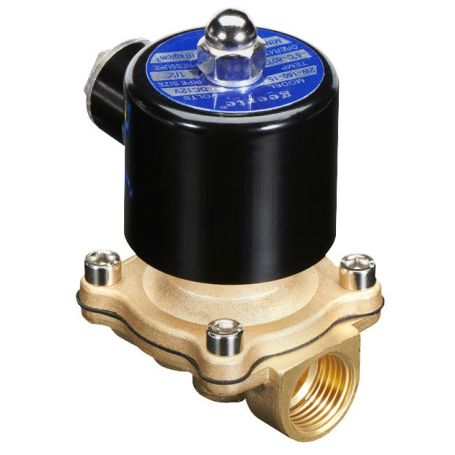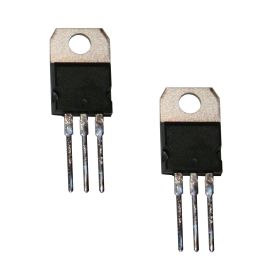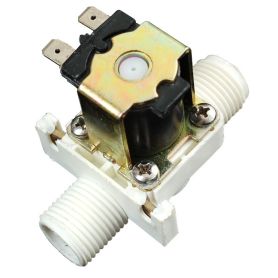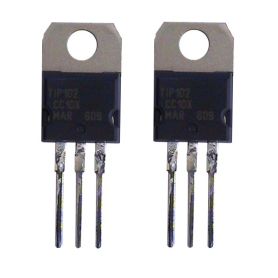Liquid Solenoid Brass Valve - 12V - 1/2"
Liquid Solenoide valve 12V
- 12V 3A
- From 8V 2.0A
- 0 to 1.0 MPa (10 Bar)
- 1/2" (1/2 pouce)
- Material: BRASS
Payments are secured by LyraCollect, a French payment collection company.
It is possible to delivered to your home, to a pick-up point or picked up by appointment at MCHobby
We prepare, pack and ship your orders with great respect and care.
Pilot your water distribution by using a 12V solenoide valve
Take the control of liquid flow with a flow of electron! A solenoid valve is a great addon for garden projects, aquarium or poll based project. This valve offers 1/2 inch connectors.
The solenoide valvle is normally closed, when a voltage of 12VDC is applied on the solenoide then the valve get open and the water can flow through it.
This valve doesn't not have any gasket so there is no need for minimal pressure for them to work.
La solenoide valve has been tested with various input voltage. It can been activated from a voltage as low as 6VDC (even if the valve would open slowly).
If you have a need for a more basic product then you can have a look to our solenoide plastic valve (howevern this version needs a minimal pressure to work proprely).
Technical details
- Connection: 1/2 inch.
- Working pressure: 0 Mpa - 1.0 Mpa (1.0 Megapascal is equivalent to 10 bar).
- Working temperature: -5 ℃ - 80 ℃
- Working voltage: 12V DC
(but also work from 6 V DC... please see the voltage-current list here under). - Time of life: ≥ 50 million cycle
- Weight: 0.780 gr
- Size: 105mm x 55mm x 65mm
This table show the various current consumption corresponding to the applied voltage.
Voltage -> Current
6V -> 1.6 A
7V -> 1.86 A
8V -> 2.0 A
9V -> 2.3 A
10V -> 2.5 A
11V -> 2.7 A
12V -> 3 A
We do suggest the usage of a TIP120 or a N-Channel Power FET with a 1N4001 diode (anti flyback diode) to control the the valve from a microcontroler. A 12v 5A power supply would do the job.
Tutorial
- Our french tutorial on "Mini motor kit" use a STP16NF06 (N-Channel Power FET). You just need to replace the motor with the solenoid valcle :-)









